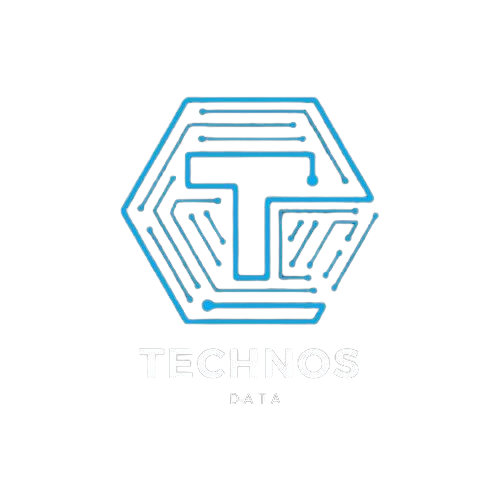In the fast-paced world of insurance, where risks loom significant and uncertainties abound, technology emerges as a formidable ally, reshaping traditional paradigms and revolutionizing the industry landscape. From claims processing to telematics and seamless API integration, technological innovations have ushered in a new era of efficiency, customer-centricity, and operational excellence.
Embracing Change: The Evolution of Insurance
Once perceived as a conservative domain, insurance has undergone a metamorphosis fueled by technological advancements. Gone are the days of cumbersome paperwork and prolonged processing times. Today, insurers leverage cutting-edge technologies to streamline operations, enhance risk management, and deliver unparalleled value to policyholders.
Claims Processing: Efficiency Redefined
Claims processing lies at the heart of the insurance industry, representing a pivotal touchpoint where customer satisfaction and operational efficiency intersect. With the advent of automation, machine learning, and artificial intelligence (AI), insurers can expedite claims assessment, mitigate fraud risks, and ensure prompt settlements.
Leveraging Automation for Swift Resolutions
By harnessing the power of automation, insurers can automate routine tasks, such as data entry and document verification, thereby accelerating the claims adjudication process. Insurers gain insights into claim patterns through intelligent algorithms and predictive analytics, enabling proactive decision-making and personalized customer experiences.
Telematics: Driving Innovation on the Road
Telematics, a groundbreaking technology integrating telecommunications and informatics, has revolutionized the automotive insurance sector. By deploying telematics devices and IoT sensors, insurers can capture real-time data on driving behavior, vehicle performance, and environmental variables, fostering risk segmentation and dynamic pricing models.
Personalization Through Data Insights
Telematics empowers insurers to tailor insurance premiums based on individual driving habits, incentivizing safe behaviors and reducing accident probabilities. By analyzing telematics data, insurers gain a deeper understanding of driver profiles, enabling targeted interventions, personalized feedback, and proactive risk management strategies.
API Integration: Fostering Seamless Connectivity
API integration emerges as a linchpin for seamless data exchange, interoperability, and collaboration among disparate systems and stakeholders in an interconnected digital ecosystem. Through API integration, insurers can enhance operational agility, enrich customer experiences, and unlock new avenues for innovation and growth.
Streamlining Processes Through Interoperability
API integration enables insurers to integrate third-party services, such as weather forecasts, vehicle diagnostics, and credit scoring, into their core systems, augmenting underwriting accuracy and risk assessment capabilities. By facilitating secure data transmission and standardizing communication protocols, APIs lay the foundation for scalable, future-proof insurance solutions.
Embracing the Future: Navigating Challenges and Opportunities
As the insurance industry embraces digital transformation, it must navigate many challenges and capitalize on emerging opportunities to thrive in an ever-evolving landscape. From cybersecurity threats to regulatory compliance and evolving customer expectations, insurers must remain vigilant, adaptable, and customer-centric in their approach.
Balancing Innovation with Risk Management
While technology unlocks unprecedented opportunities for innovation and growth, it also introduces inherent risks and vulnerabilities, ranging from data breaches to algorithmic biases. Insurers must balance innovation and risk management, leveraging robust cybersecurity measures, ethical AI frameworks, and regulatory safeguards to safeguard consumer trust and uphold industry integrity.
Embracing Customer-Centricity in the Digital Age
In an era of hyper-connectivity and instant gratification, customer-centricity emerges as a cornerstone of competitive advantage and brand differentiation. Insurers must prioritize customer experience across every touchpoint, leveraging technology to deliver personalized solutions, proactive support, and frictionless interactions that resonate with modern consumers.
Conclusion
In conclusion, the convergence of technology and insurance heralds a new dawn of possibilities, transforming age-old conventions and redefining industry norms. Technology catalyzes innovation, efficiency, and customer empowerment from claims processing and telematics to API integration. As insurers navigate the complexities of the digital age, they must embrace change, foster collaboration, and prioritize customer-centricity to thrive in an era of disruption and opportunity.

